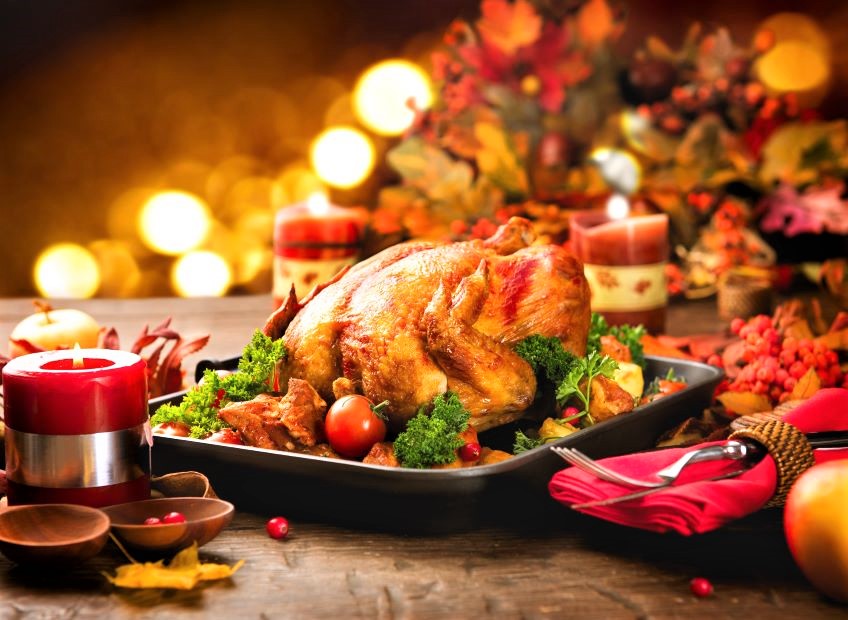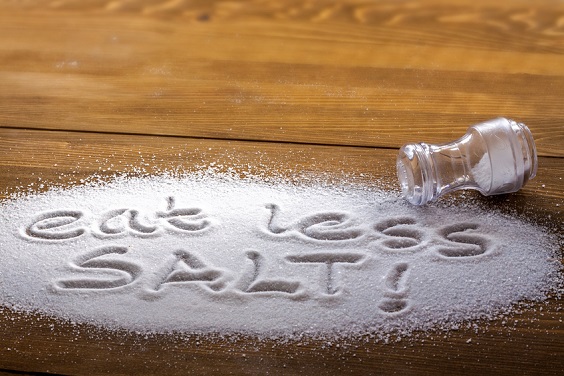
And what do MSG and salt have to do with it?
I’m confessing to my not-so-secret TV vice. I’m addicted to watching culinary cooking competitions. I love food, I love cooking and I love competition. I find the love of food and flavors, with the addition of making it a competitive sport, to be a combination that creates high entertainment. I love them all: bake-off battles, iron and master chef championships, holiday cooking matches, mystery ingredient tournaments, kids’ contests, and even cupcake challenges. I watch as competitors are eliminated, one by one by one, while eagerly hoping my favorites will prevail.
The shows feature chefs, both amateur and professional, singly or in teams, pitted against each other, and challenged to create a gourmet dish with specified ingredients and within a too-short period of time. The resulting dishes are then judged, often by high profile celebrity chefs, for creativity, plating, texture and the all so important flavor. And too often, a common critique is that the dishes lack “seasoning.” Seasoning being the addition of salt, and other herbs or ingredients to enhance flavors. So important is salt in seasoning that on a recent food episode, a sweating and stressed contestant kept shrieking “SALT, SALT, SALT” at his equally frazzled culinary team member.
Benefits of salt
Salt is an important ingredient in food preparation. In baking it affects the rate of yeast fermentation, and the resulting texture and golden color of baked products. Salt gelatinizes proteins, and helps retain moisture in hams and other processed meats. It helps tenderize meat by breaking down protein, and increases moisture, leading to tender and succulent steaks. And we all know its critical function in enhancing the taste of food. This “salty” element is one of the five tastes, one so craved by humans, and making bland foods more appealing, bringing out subtle flavors. Salt also affects the other taste elements. It can counter the bitter flavors in such items as broccoli or olives. A sprinkle of salt even intensifies the sweetness of foods. Think of salted rum caramel sauce or sea salted chocolates.
 Salt is one of the most desired tastes by humans, and serves as important ingredient in the cooking and baking processes. The conundrum is that is we desire it so much, that we desire it to death. Too much salt in the diet can be detrimental for health. Consider that 1 teaspoon of table salt or NaCl, which is a combination of sodium and chloride, has 2,325 milligrams (mg) of sodium. That’s slightly more than the daily limit of 2,300 mg recommended by health experts. Read more about the dietary sodium limits recommended by health experts.
Salt is one of the most desired tastes by humans, and serves as important ingredient in the cooking and baking processes. The conundrum is that is we desire it so much, that we desire it to death. Too much salt in the diet can be detrimental for health. Consider that 1 teaspoon of table salt or NaCl, which is a combination of sodium and chloride, has 2,325 milligrams (mg) of sodium. That’s slightly more than the daily limit of 2,300 mg recommended by health experts. Read more about the dietary sodium limits recommended by health experts.
Tale of the brined turkey
Which then brings me to my tale of tangling with a brined turkey. Brining immerses proteins in a salt and water mixture, with the salt migrating into the protein until the salt concentration in the protein and in the brine are equal to one another — a process called osmosis as you may remember from your science class. Brines also frequently contain sugar, acid and other seasonings.
I had long resisted brining meats, cautious about adding more salt, and thereby increasing sodium in my dishes, despite the knowledge that a saline brine would help produce a tender and tasty product. A number of Thanksgivings ago, however, we were having guests… lots and lots of guests; my sister, her husband, her son and daughter plus their spouses, our son and his girlfriend, our other son, his wife and three daughters, my brother in-law, his wife and two children, and a young couple who had just moved to our city and were spending their first holiday away from their families. Clearly it was time to step up my game beyond serving a huge and dry roast turkey.
The recipe directions called for making a brine for the turkey using coarse salt. I had never used coarse salt before; it’s simply not a familiar ingredient in Chinese Cantonese cookery. I was used to making soy sauce-containing marinades to tenderize and flavor meat, but brining was a new technique. At the grocery market I found a box of the coarse salt on the shelf, next to the table salt. Three days before Thanksgiving I submerged the 28-pound defrosted turkey in the brine.
 Thanksgiving morning, I thought to read the box of salt again. It read coarse granulated ROAD salt. That did not sound good, and why the heck was it sold next to the table salt anyhow? Anxiously I called the turkey hotline. The advisor stayed calm and instructed me “Do NOT use that salt, it is not food grade.” She then repeated “DO NOT use THAT SALT, it is not food grade,” and finished by insisting “DO NOT USE THAT SALT, IT IS NOT FOOD GRADE.” Fortunately the grocery store was open until 2:00pm, and they sold fresh turkeys. Meal saved and lesson learned. Whew!
Thanksgiving morning, I thought to read the box of salt again. It read coarse granulated ROAD salt. That did not sound good, and why the heck was it sold next to the table salt anyhow? Anxiously I called the turkey hotline. The advisor stayed calm and instructed me “Do NOT use that salt, it is not food grade.” She then repeated “DO NOT use THAT SALT, it is not food grade,” and finished by insisting “DO NOT USE THAT SALT, IT IS NOT FOOD GRADE.” Fortunately the grocery store was open until 2:00pm, and they sold fresh turkeys. Meal saved and lesson learned. Whew!
The merits of brining meats are hard to ignore however. During brining, the meat will absorb extra moisture, helping it stay juicy. It absorbs the salty taste essence and other flavorings, making it deliciously seasoned. The salt and any acid such as lemon juice or vinegar in the brine recipe help break down some of the proteins in the meat, making it even more tender.
But how to keep these qualities without overdosing on sodium?
Enter the use of MSG. Combined with a small amount of table salt, MSG can help reduce the total amount of sodium in a recipe by 20 to 40%, while maintaining enhanced flavor.
Christopher Koetke, Corporate Executive Chief of Ajinomoto Health & Nutrition in North American, Inc. shared his Grilled Brined Chicken recipe, noting:
“The advantage of brining leaner pieces of meat like chicken and pork is that it improves moisture retention during cooking. What that means is that the cooked chicken is juicier, which naturally tastes better. If you come to my house for grilled chicken, you can be sure that it was brined and that there was a bunch of MSG in the brine to boost up the umami. The result is always the same—people asking how I made such delicious and moist chicken. The secret is in the brine!”
So the bottom lines:
- Do NOT use Road Salt as a food ingredient!
- Take the seasoning recommendations of TV cooking shows with…well, a grain of salt!
- Substitute MSG for some of the salt in a recipe to decrease the amount of salt in your dish, and to heighten the flavors. About ½ teaspoon of MSG is enough to season a pound of meat or a dish that serves 4 to 6 people.
Photo of Thanksgiving turkey courtesy of Flickr user Luminary PhotoProject
Photo of “Happy Thanksgiving” courtesy of Flickr user Jill Clardy


